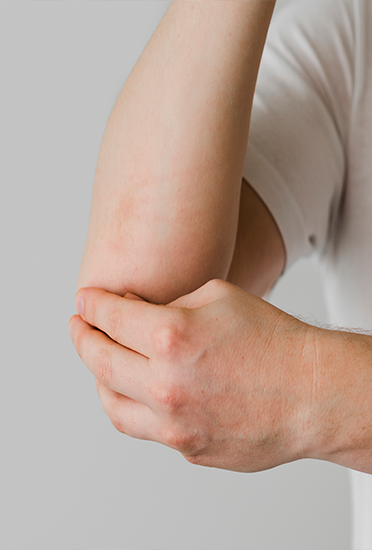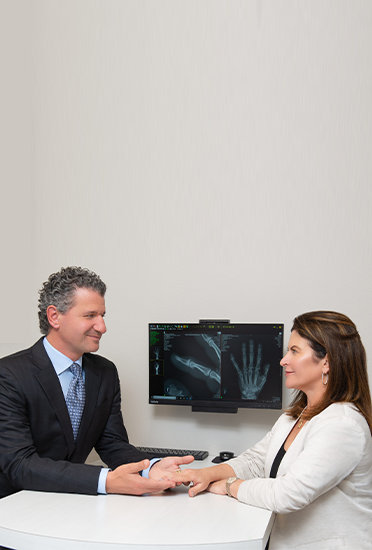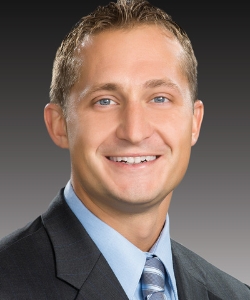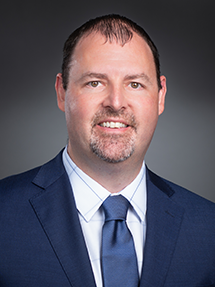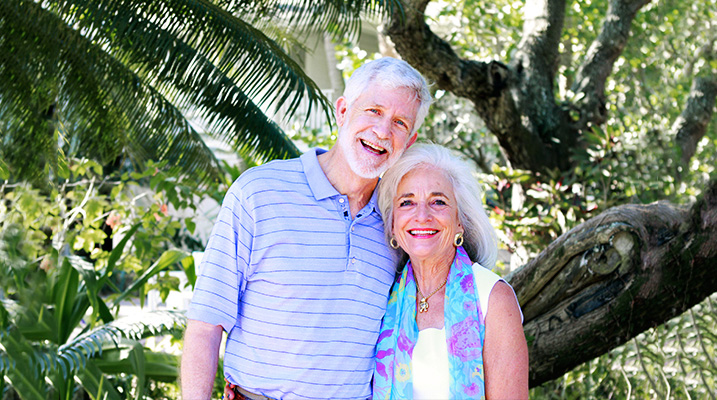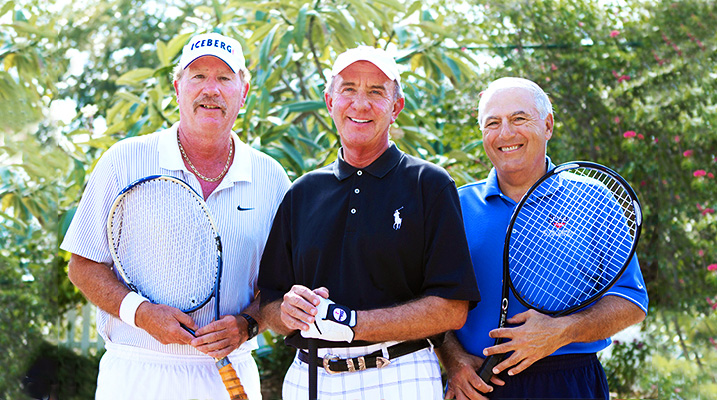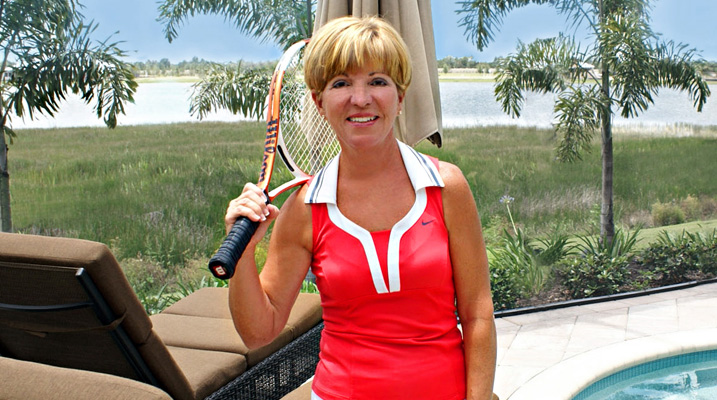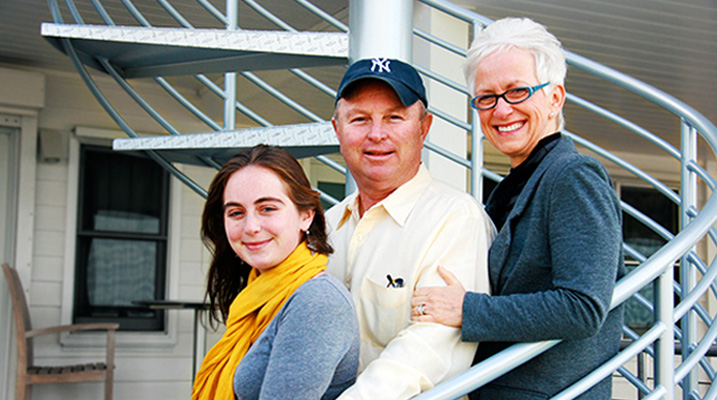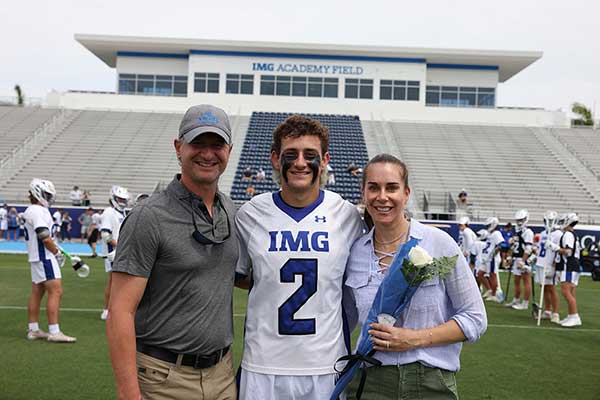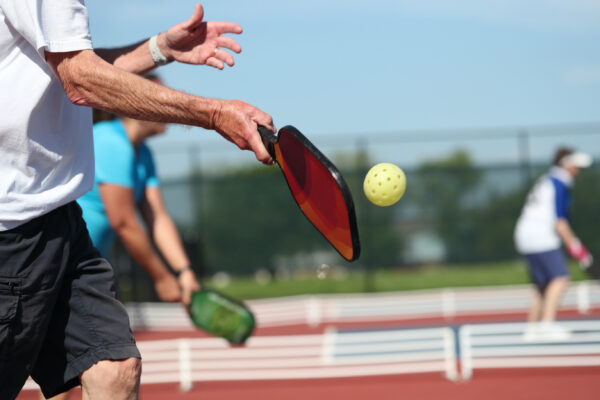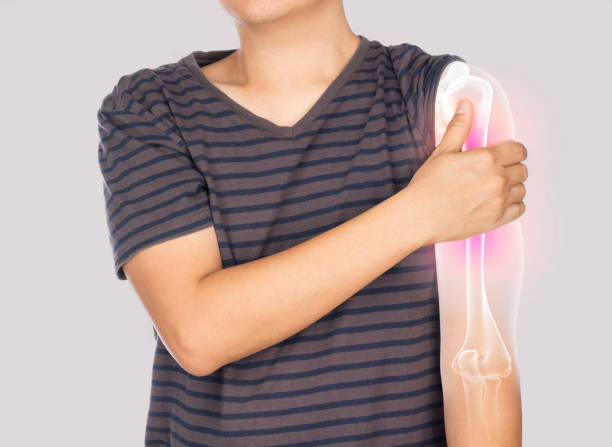Burners and Stingers
What are Burners and Stingers?
Burners and Stingers are a common injury that typically affects athletes and exercise enthusiasts, but it can happen to anyone. The term “Burners and Stingers” refers to the electric shock sensation that often acutely fires in the neck and permeates down the shoulder and arm.
There are several nerves in the neck that send signals from the spinal cord to the brain; in the case of Burners and Stingers, a bundle of cords and nerves called the brachial plexus lies at the side of the neck. When the head is pushed or positioned quickly in a side or down motion with the opposite arm down and away, it can trigger an electrical pulse sensation due to a sharp pinching of the nerves. It’s common to hear about football stingers when the players (typically linemen) are tackled, and the shoulder is forced down in one direction while the head is in the opposing position.
Burners and stingers stretch, pull or tear the brachial plexus nerve bundle from the spinal cord, causing severe burning sensations and pain that are commonly short-lived. These sensations usually dissipate rather quickly in seconds or minutes, but sometimes the pain can last for days, weeks, or longer. The longer recovery time is usually associated with narrowed discs or spinal stenosis, which often occurs in athletes, active individuals, or those with repetitive jarring neck and motions, such as dancers, and gymnasts. If spinal stenosis is the cause, Burners and Stingers can often recur.
At Sforzo | Dillingham | Stewart Orthopedics + Sports Medicine, we take our time with each patient to listen and present options that are customized to their specific needs.
Shoulder Stingers and Burners Injury Treatment
Burners and stingers risk factors
Sports in general, especially collision and contact sports, can intensify and raise the level of risk for Burners and stingers. Both children and adults are at risk and should be properly educated on how to protect themselves by not leading with the head and by also wearing protective gear. However, some people may be more susceptible to this condition due to past trauma, injury, or accidents. It can be acute (Stage 1), chronic (Stage 2), or terminal (Stage 3-can lead to permanent weakness and pain).
Symptoms of Burners and Stingers
The symptoms of Burners and Stingers are usually a sudden onset of burning or electrical impulses that radiate from the neck, down the shoulder, and into the arm. It is often difficult to move after the onset, and many people experience severe cramping sensations in the area as well. These symptoms typically last for a few minutes max, but sometimes the pain and weakness can linger for a more extended period of time.
Burners and Stingers Treatment
The first line of treatment is to remove the tension or position that caused the problem to happen. Ice can be applied for the first few days to relieve inflammation. Ice should be used for 15 minutes on and 15 off several times throughout the day. It’s imperative that you do not return to sports or exercise for several days after the injury or longer, depending on what your physician recommends.
When you do return to normal activities in sports, wearing protective gear like spider pads or a neck roll is essential to prevent future Burners and Stingers. Improving the strength of the surrounding neck muscles is also beneficial to avoid reinjury, as is improving posture and properly warming up the neck and shoulder muscles.
How Are Burners Diagnosed?
Shoulder injuries are often challenging to diagnose. Getting a proper examination from a board-certified orthopedic surgeon is critical for getting an accurate diagnosis. If your symptoms linger for days, such as weakness, pain, instability, and neck pain, getting an x-ray, CT scan or MRI will most likely be recommended. These in-depth tests will show intricate soft tissue and bone details.
Burners Stinger Symptoms
Pins and needle sensations, which can permeate from the neck, shoulder, arm, and into the hand, are what’s referred to as tingling.
The stinging sensation is usually from stretching or tearing of the brachial plexus nerve bundle. The perception of stinging feels like a jabbing sensation that stings from deep within the neck and nerves.
The burning feeling so often described is a deep heat that coincides with the stinging sensation.
Weakness in the arm occurs when the brachial plexus nerves are stretched out of the C5 region of the spine. This causes a limp, “dead” feeling to the arm. Often you will see football players head to the sideline with a limp arm during a Burner and Stinger episode.
Physical Therapy for Burners and Stingers
Burners and Stingers usually subside over a few days, but for those that have lasting pain and weakness, physical therapy is critical to help stretch, strengthen, and improve range of motion and limit the risk of reinjury.
To help restore the natural functionality of the nerves and surrounding muscles, TENS units, biofeedback, electrical nerve stimulation, and stretching and strengthening exercises are often implemented.
Some of these exercises and stretches include the following:
- Flexion Arm Raise
Standing with feet hip-distance apart, gently raise your arm in front of the body to shoulder height or to the point of maximum comfort level. Follow this exercise with the Extension Arm Return (below). Repeat these 10 to 20 times.
- Extension Arm Return
Standing with feet hip-distance apart, gently return your arm from the flexion position. Alternate between these two positions 10 to 20 times.
- Abduction Arm Raise
Standing with feet hip-distance apart, gently raise your arm out the side to shoulder height or to the point of maximum comfort level. Follow this exercise with the Adduction Arm Return (below). Follow this exercise with the Adduction Arm Return. Repeat 10 to 20 times.
- Adduction Arm Return
Standing with feet hip-distance apart, gently return your arm from the abduction position back to your side. Alternate between these two positions 10 to 20 times.
- External Rotation
Standing in a neutral position, hold a lightweight stick or cane, such as a yardstick, in front of your torso. Grasp one end of the stick and cup the other end. Gently pass the stick back and forth from side to side in front of your torso, keeping your elbows in towards your body and the rest of your body still. Hold each push and pull for 20 to 30 seconds. Do not over-stretch to the point of pain.
- Internal rotation
Standing in a neutral position, hold a lightweight stick or cane, such as a yardstick, behind you near your lower spine or top of the buttocks. Grasp one end of the stick and cup the other end or hold it where it is most comfortable. Gently pass the stick back and forth from side to side behind you in a horizontal motion. Allow one arm to extend out away from your body and keep the other elbow close to your side. Hold each push and pull for 20 to 30 seconds. Do not over-stretch to the point of pain.
With decades of experience, at Sforzo | Dillingham | Stewart Orthopedics + Sports Medicine all of our surgeons are board certified and fellowship trained. We offer you the best treatment options and care.
We provide excellent medical care in a warm, caring, comfortable environment, where patients are treated efficiently, effectively, and as if they were the only patient. Let us get you back in your game.


